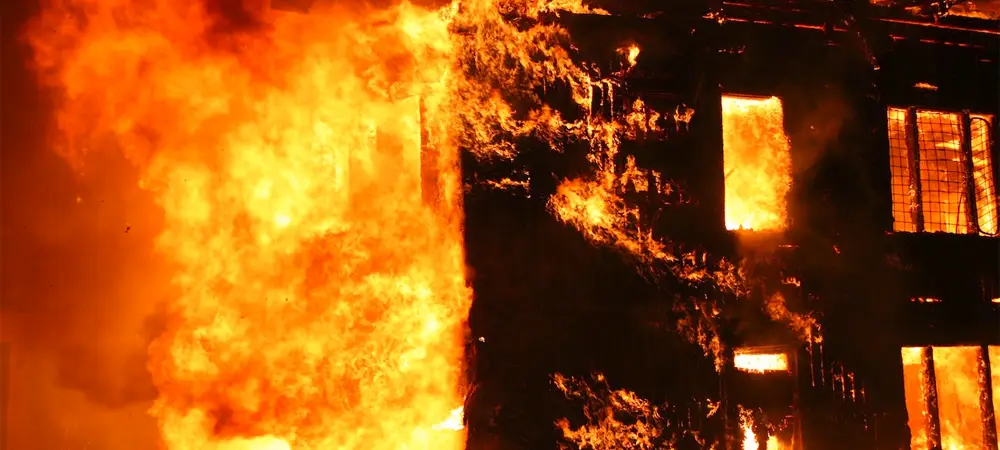There is never any shortage of talk in the media about sprinklers. Nor is there a shortage of adverts about smoke alarms. But how often do you see or hear people talk about fire dampers?
Whilst they aren’t talked about as much as other fire safety devices – such as sprinklers and smoke alarms – fire dampers are hugely important fire protection features that can save lives and property in the event of a blaze.
Dampers are described as ‘passive’ products because they only kick in when needed. They are used in heating, ventilation and air conditioning (HVAC) systems to prevent the spread of fire and smoke through ductwork.
When dampers within the ducting systems sense a rise in temperature, or get triggered by a fire alarm system, they close. This prevents fire jumping from one part of a building to another, bypassing fire-resistant walls and doors.
It’s vital that fire dampers are tested regularly, to ensure they will work if ever called upon.
Fire Damper Testing – The Law
The Health and Safety Executive (HSE) regulates fire dampers, through the Control of Asbestos Regulations 2022. These regulations state that dampers must be tested every four years and that accurate records must be kept.
The law also advises that fire dampers should be included in building fire risk assessments and that they should be inspected regularly, on top of those four-yearly tests, to ensure they are in good working order.
Finally, any company that is contracted to inspect or clean dampers must also abide by the law. Firms should be licensed by an accredited body and must be fully insured.
Fire Damper Testing – How It Works
It’s paramount that fire dampers are tested regularly. This ensures that, should they ever be needed, they can work effectively and efficiently.
The first step in the testing process is to locate all the dampers and ensure they are in the right place, within fire containment zones. The immediate next step is then to ensure they can be fully accessed. It’s important each damper is accessible and regulations state they should be near to an access point.
Each damper is then individually inspected to ensure there is no corrosion, damage or blockages. They are then cleaned and lubricated, as needed.
The next, and perhaps most important, step, is to ‘drop-test’ the damper. This is where each damper is manually released, to ensure it closes properly.
Finally, any adjustments and repairs are made before the dampers are reset and ready for use.
How We Can Help
We have much experience conducting fire risk assessments and carrying out damper testing, and stand ready to help you with both of these things, and more. Give us a call on 0800 292 2400, fill out our online form or drop us an email at info@cleanairuk.com – we’re happy to help!



